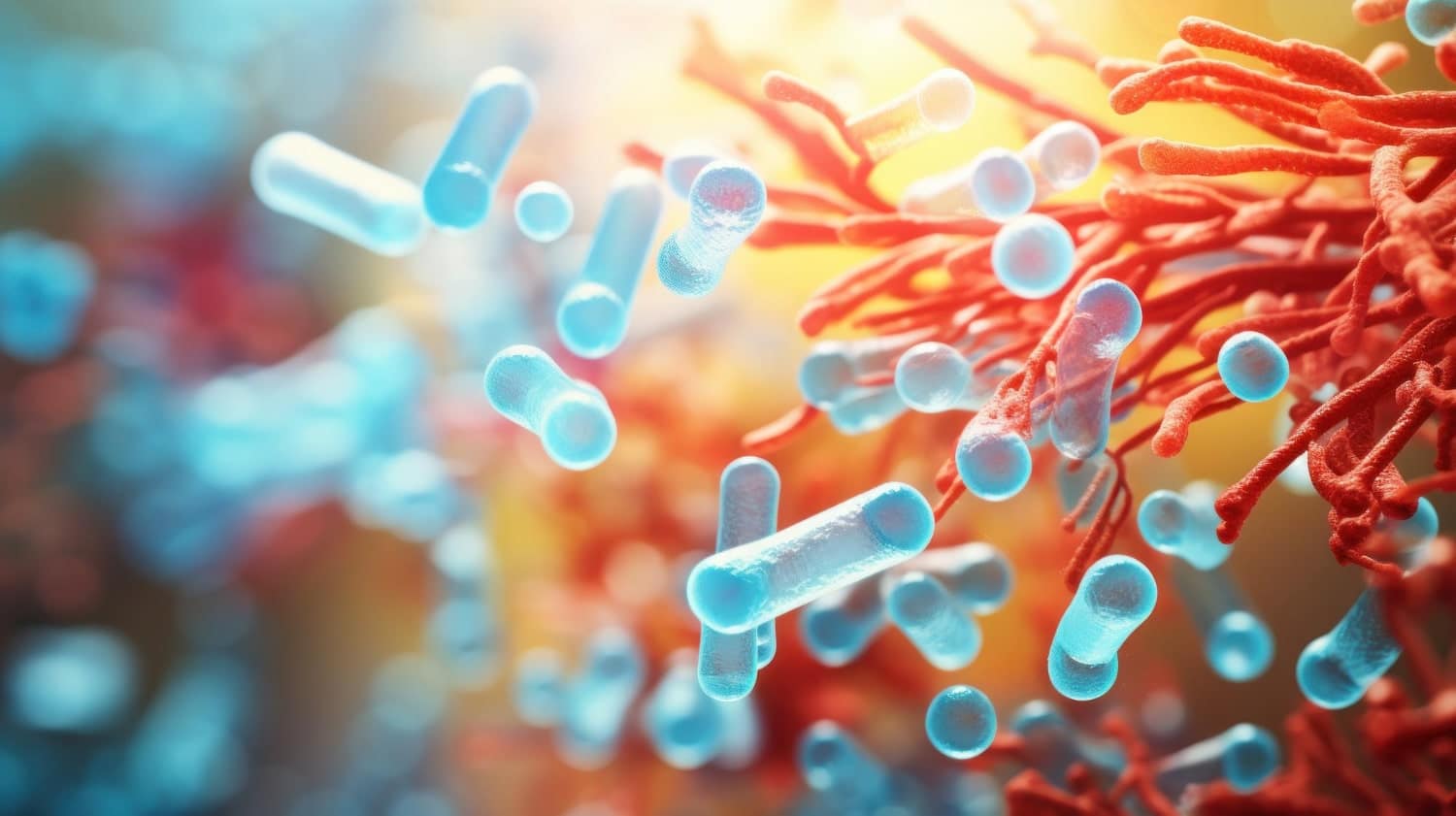The Role of Exosomes in Regenerative Medicine

Exosomes:
The Tiny Architects of Regenerative Medicine. In the vast universe of the human body, where cells communicate in a language of their own, exosomes have emerged as key messengers. These tiny vesicles, once overlooked, are now at the forefront of one of the most exciting fields in science: regenerative medicine. Exosomes are small extracellular vesicles, typically ranging from 30 to 150 nanometers in diameter, that are released by virtually all types of cells in the body. They play a crucial role in cellular communication by transporting proteins, lipids, and nucleic acids (including RNA and DNA) between cells. This intercellular transfer allows exosomes to influence various physiological and pathological processes.

The Role of Exosomes in Regenerative Medicine
Regenerative medicine seeks to repair, replace, or regenerate damaged tissues or organs, thereby restoring normal function. Exosome play a crucial role in this field due to their natural ability to promote healing and regeneration. Here’s how:
Facilitating Communication:
Exosome can travel between cells, even over long distances within the body, delivering messages that can alter cell behavior. This includes instructing cells to begin repair processes or to modulate immune responses, critical steps in healing damaged tissues.
Carrying Regenerative Materials:
Exosomes from certain stem cells are packed with growth factors and other molecules that stimulate tissue repair. When these exosomes reach damaged areas, they can accelerate the healing process, from wound repair to organ regeneration.
Reducing Inflammation:
Inflammation is a natural response to injury but can sometimes hinder the healing process. Exosome can carry anti-inflammatory substances that help to calm excessive inflammatory responses, creating a more conducive environment for tissue repair.
Potential for Targeted Therapy:
Researchers are exploring ways to engineer exosomes to carry specific therapeutic agents directly to damaged tissues. This targeted delivery could minimize side effects and improve the efficacy of treatments for a variety of conditions.

Exosomes in Clinical Applications
The potential clinical applications of exosome in regenerative medicine are vast and varied. They include treating degenerative diseases such as osteoarthritis, aiding in the recovery of heart tissue following myocardial infarction, and promoting the healing of chronic wounds, among others.
The Future of Exosomes in Medicine
As our understanding of exosomes continues to grow, so too does their potential in regenerative medicine. Ongoing research is aimed at unlocking new ways to harness their natural abilities, engineer them for specific purposes, and develop exosome-based therapies that could revolutionize how we treat a myriad of health conditions.
In essence, exosomes represent a promising frontier in the quest to heal the body from within, embodying the principles of regenerative medicine by utilizing the body’s own mechanisms for repair and renewal. Join us at exosmart, and embark on a journey to recovery that’s Uniquely Yours. Discover more about how we’re redefining healing with autologous exosome therapy.